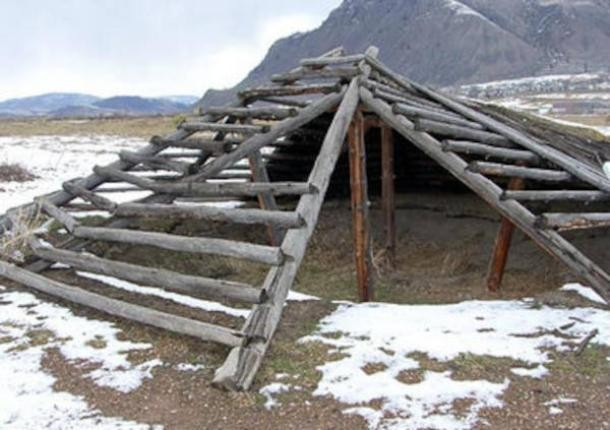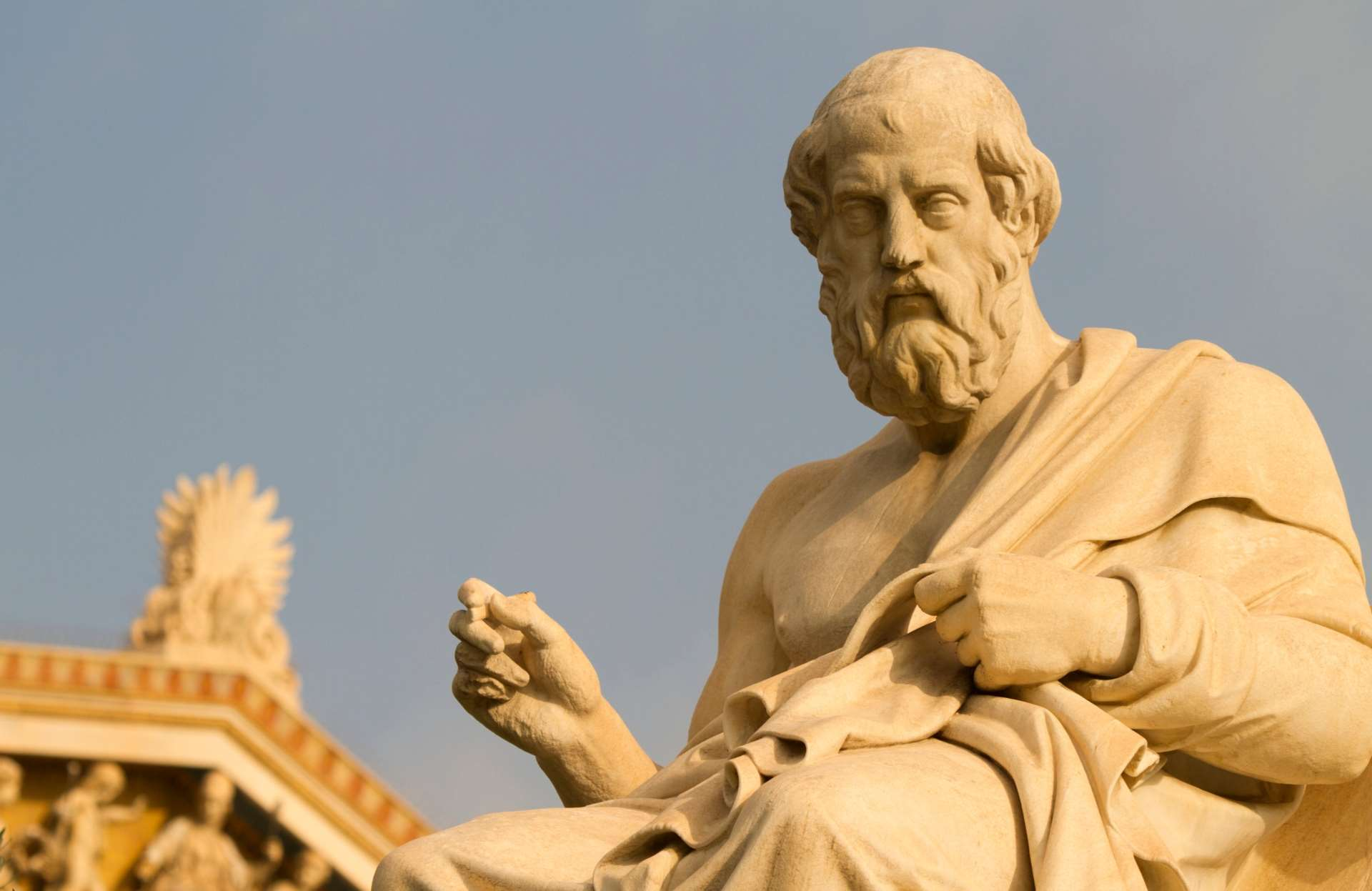For centuries, a colossal ancient statue has rested on a hillside on the Greek island of Naxos — a silent testament to the island’s rich history and artistic legacy.
By RAndrei shutterstock
A Marble Giant from the Past
By Nataliia Budianska shutterstock
Known as the Kouros of Apollo—and sometimes referred to as the Colossus of Dionysus—this unfinished statue stands at an impressive 10.7 meters (around 35 feet) tall and weighs approximately 80 tons. Carved from the island’s signature light gray Naxian marble, the statue has never stood upright. It remains exactly where ancient sculptors left it, lying unfinished on the slope where it was originally carved.
By Nataliia Budianska shutterstock
A Glimpse into the 5th Century BCE
By Paolo Trovo shutterstock
Dating back to between the 5th and 4th centuries BCE, the statue is located in the northern part of Naxos, near the charming fishing village of Apollonas. The Kouros features a frontal stance, with arms close to the torso and bent at the elbows. Notably, the left leg is slightly longer than the right, a detail that hints at its intended pose.
By Heracles Kritikos shutterstock
Not Your Typical Kouros
By Heracles Kritikos shutterstock
Traditionally, kouroi (plural of kouros) were statues representing youthful, nude male figures, usually standing straight with arms at their sides. However, the Kouros of Apollo breaks from this norm. It was designed to portray an older, bearded man—a rarity for the genre. Art historians believe the figure’s right arm was originally meant to extend forward, further distinguishing it from typical kouroi.
By RAndrei shutterstock
Because of the beard and mature features, scholars now suggest that this statue may not depict Apollo at all. Instead, many believe it represents Dionysus, the Greek god of wine, revelry, and fertility.
A Mystery of Abandonment
By Aphotog shutterstock
Why was such an ambitious statue never completed or moved? The answer may lie in its sheer scale. Experts believe that the statue’s immense weight made transportation nearly impossible using the methods available at the time.
Others speculate that during the carving process, structural flaws—such as cracks in the marble—were discovered too late, making it too risky to extract. Another theory suggests that the project was simply abandoned due to lack of payment or a change in political or financial priorities.
Today, the Kouros of Apollo remains an awe-inspiring sight — a massive remnant of ancient artistry lying peacefully in nature. It draws visitors from around the world, curious to stand beside a giant that never quite stood.
Watch the full video from Greek Sun for a closer look.
































































